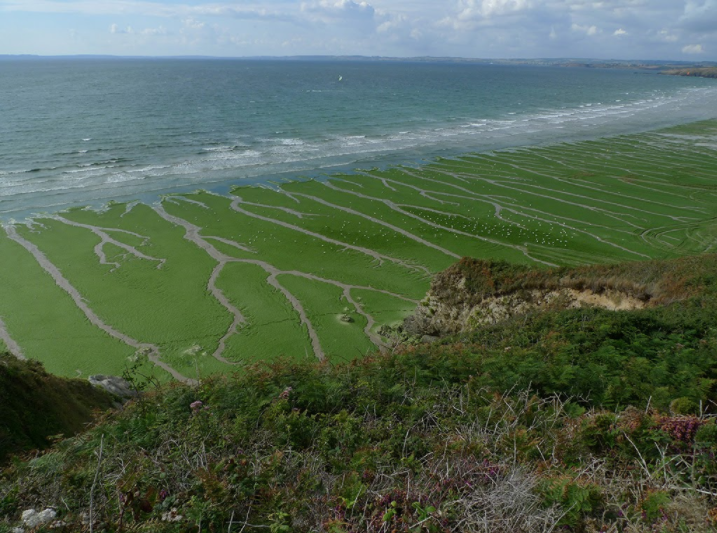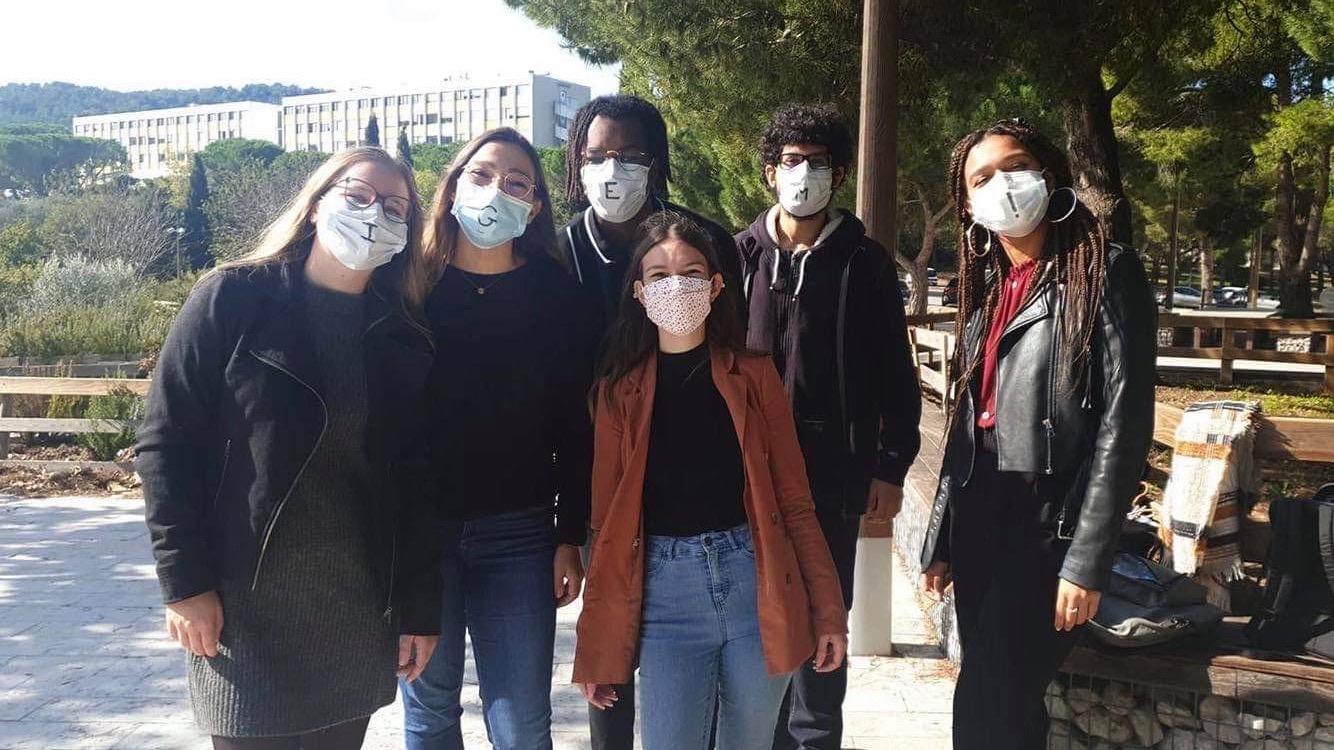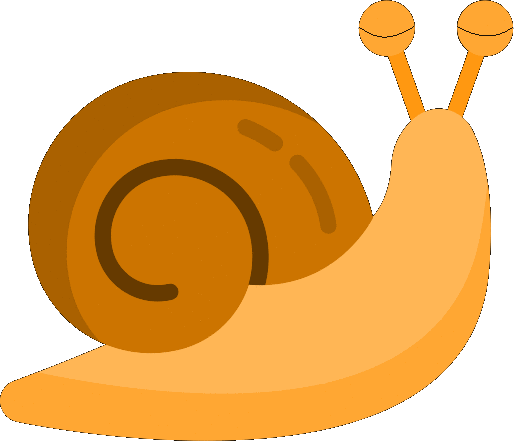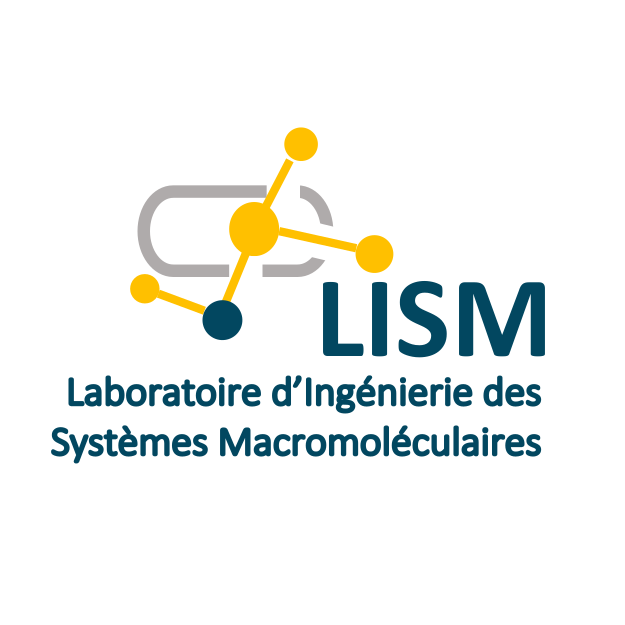


Since the 70’s, green algae have been proliferating and forming what are called green tides on certain beaches in France, China and the United States. Green tides correspond to a disproportionate development of algal masses. The phenomenon is strongly linked to intensive agriculture, their origin mainly comes from an excessive enrichment of the environment, called eutrophication.
Today the green tides are the telltale signs, among many others, of an acceleration in human activity. This frenzy of "always more", mainly in terms of productivity, is not only synonymous with progress, but it has the notorious consequence of an imbalance of the coastal marine environments at the very origin of these tides.
In addition to green tides and collection costs, nitrates and pesticides affect the quality of drinking water and the air through the smell of slurry, ammonia, etc.
To help giving an answer to that problem our team decided to try to find an efficient process to transform ulvan, a sugar polymer particularly present in the wall of Ulva, into rhamnose and other fermentable sugars thanks to the enzymes from the marine bacterium Formosa Agariphila inserted into Saccharomyces cerevisiae and Pichia stipitis, two yeast species that can serve as cell factories in synthetic biology, primarily due to their well-characterised genome, well-understood physiology, and their ability to secrete large quantities of proteins.
This will represent another step toward a new way to reuse green algaes as bioethanol blended with gasoline to reduce the use of fossil fuel and give to the regions a means to amortize the cost caused by the phenomenon.

Fig 1. Picture of green tides taken from Kervel’s cliff in brittany (France)

We are the seventh generation of team Aix-Marseille. We are several students, advisors and instructors, each one coming from a different background. Click on the button below to meet the brains behind the MAKE SOME RHAM-NOISE project.














